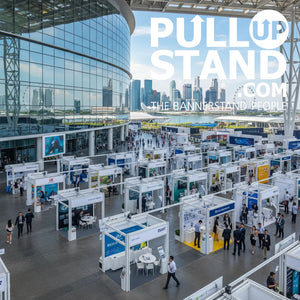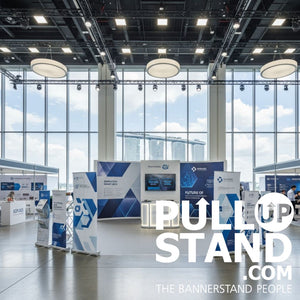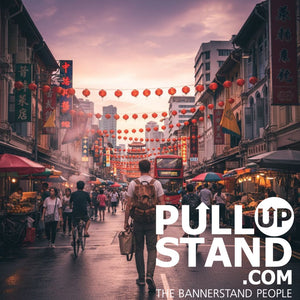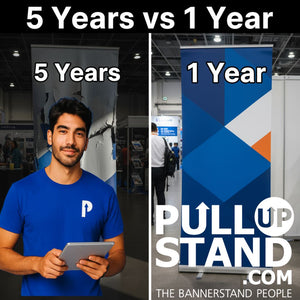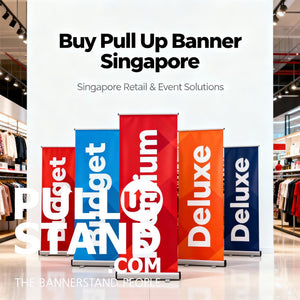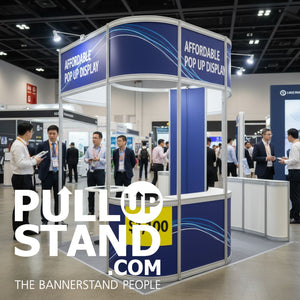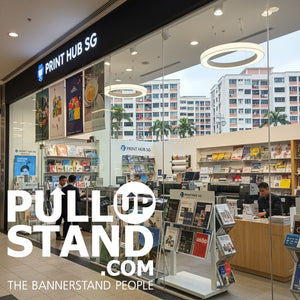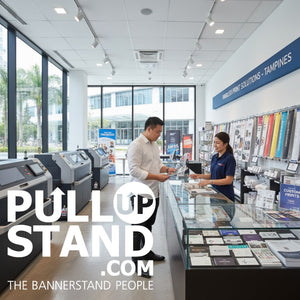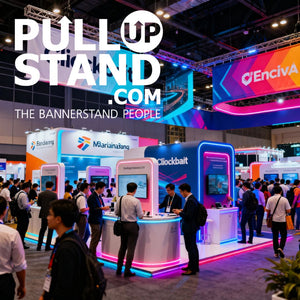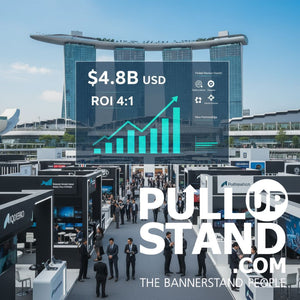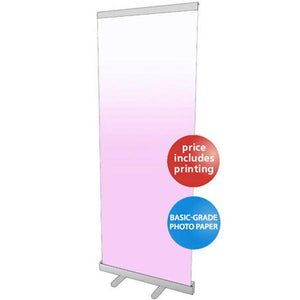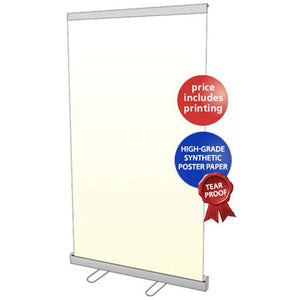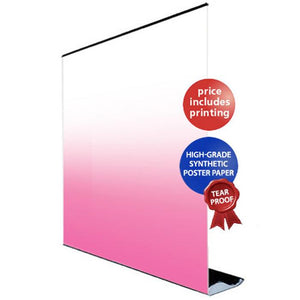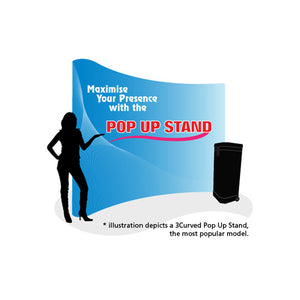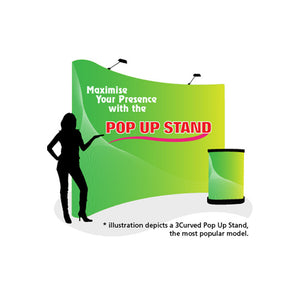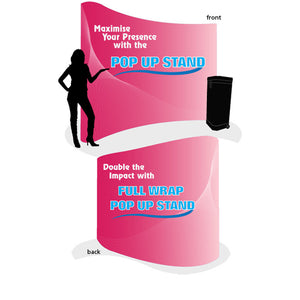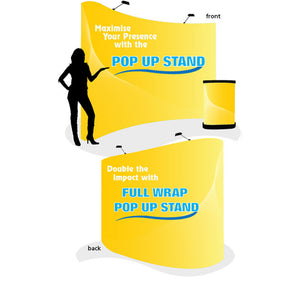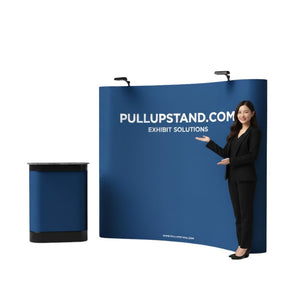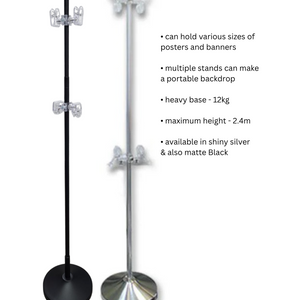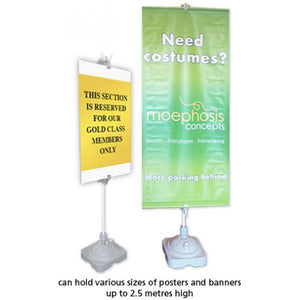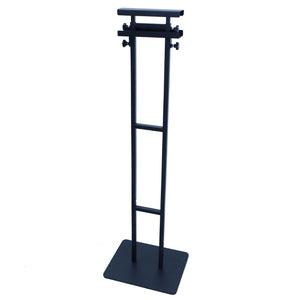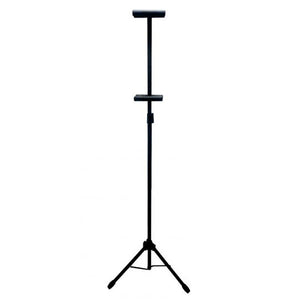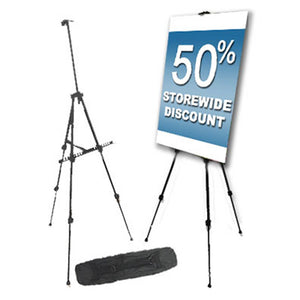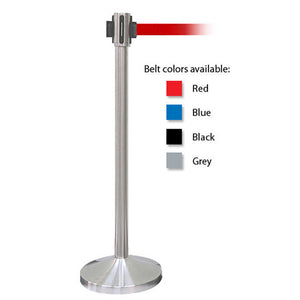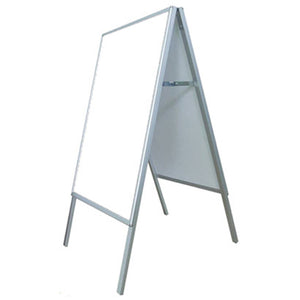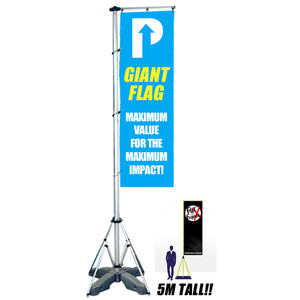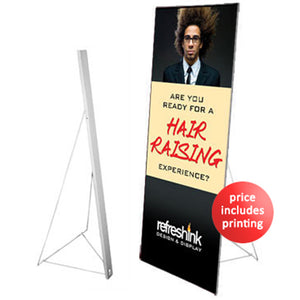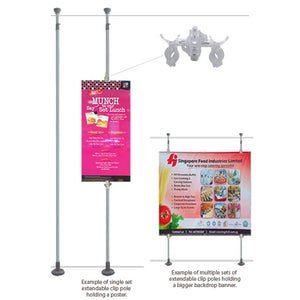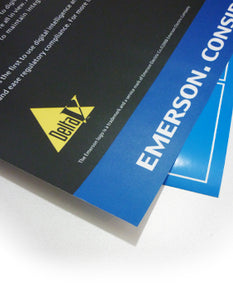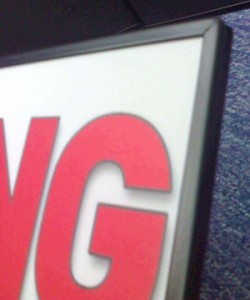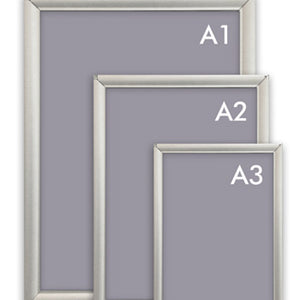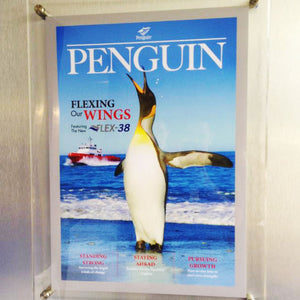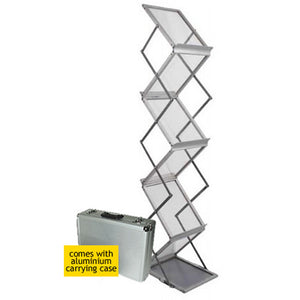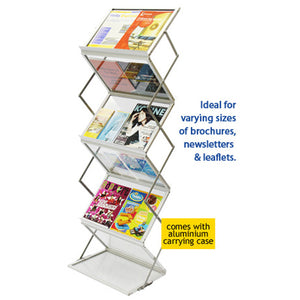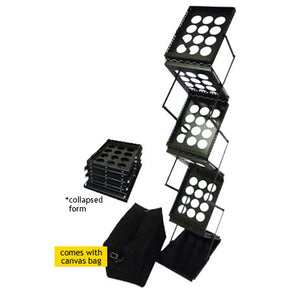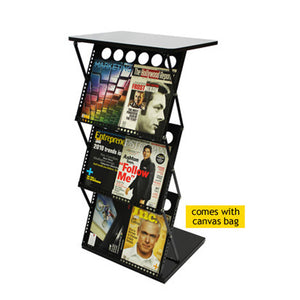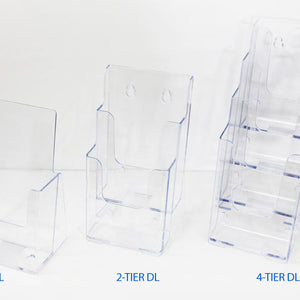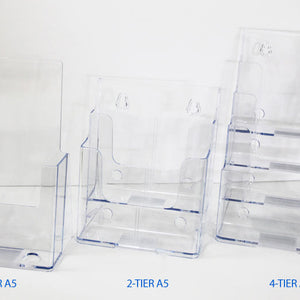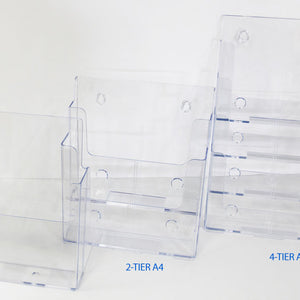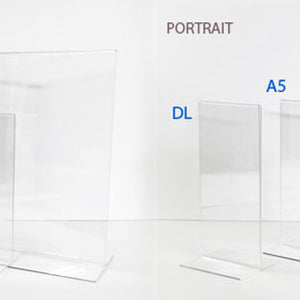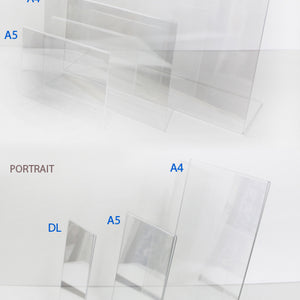In today's fast-paced digital landscape, it's easy to overlook the power of traditional marketing tactics like poster printing. However, when executed well, poster campaigns can effectively capture attention, build brand awareness, and engage your target audience. Posters can be strategically placed in high-traffic areas, providing maximum visibility and exposure for your brand.
From stunning graphics and attention-grabbing typography to innovative printing techniques and materials, the possibilities of poster printing are practically limitless. This comprehensive guide will delve into the various aspects of poster printing and explore how you can leverage this powerful tool to drive brand engagement for your business in Singapore.
The starting point for any poster campaign is to deeply understand your target audience and objectives. Consider the following critical questions: Who are you trying to reach with your poster campaign? What key message do you want to convey, and what is the desired outcome? Identifying your target audience and setting clear goals will help inform the creative choices you make and ensure that your posters effectively resonate with and engage your audience.
Throughout this guide, we will discuss the numerous components of poster printing, including design principles, printing techniques, and the diverse range of materials available. Armed with this information, you can make informed decisions to create posters that not only make a visual impact but also engage your target audience on a deeper level. Moreover, we will explore real-world examples and applications, offering valuable insights and inspiration for crafting compelling and unique poster campaigns to drive business growth.
Unravelling the Components of Poster Printing
1. Invest in Impactful Design Principles
When designing your poster, it's essential to incorporate design principles that create visual impact and capture your audience's attention. Focus on the following critical aspects:
- Hierarchy: Structure your information logically by prioritising the most crucial message or call-to-action (CTA).
- Simplicity: Keep your design clean and clutter-free, allowing your audience to absorb the information effortlessly.
- Contrast: Utilise contrasting colours, fonts, and shapes to emphasise specific elements and create visual interest.
- Typography: Choose legible and attractive typefaces that align with your brand's identity and effectively communicate your message.
Remember that a well-designed poster should be eye-catching, informative, and capable of enticing your target audience to take the desired action.
2. Explore Innovative Printing Techniques
Various printing techniques can be employed to produce striking posters that generate greater brand engagement. Consider the following options:
- Offset Printing: This technique utilises metal plates to transfer the ink to the paper, offering high quality and colour accuracy. Offset printing is cost-effective for large print runs.
- Digital Printing: This method involves producing an image by using small droplets of ink ejected from computer-controlled nozzles, which allows for shorter print runs and faster turnaround times.
- Large Format Printing: Ideal for oversize posters, this technique can produce large-scale graphics with high resolution and vibrant colours, making them perfect for capturing attention in public spaces.
Each printing technique offers unique advantages, so it's essential to evaluate your project's requirements and goals when selecting the most suitable method.
3. Experiment with Diverse Range of Materials
The choice of material for your poster can significantly impact your campaign's overall effectiveness, as it contributes to both the visual appearance and durability of your posters. Consider exploring the following materials:
- Glossy Paper: This type of paper has a smooth, shiny finish that enhances colours and creates a vibrant, eye-catching look. Glossy paper is suitable for posters with heavy visuals or detailed images.
- Matte Paper: Matte paper features a non-reflective finish, allowing for easy readability and better visibility under various lighting conditions. This paper is ideal for posters with more text or subtle visuals.
- Vinyl: Water-resistant and durable, vinyl is a popular choice for large format or outdoor posters. Vinyl can withstand harsh weather conditions, making it suitable for long-term exposure.
Choose a material that aligns with your goals and target audience, ensuring a visually appealing and lasting result.
4. Leverage Strategic Poster Placement
To maximise your poster campaign's effectiveness, choose strategic locations that offer high visibility, and cater to your target audience. Investigate the following factors when considering poster placement:
- Traffic Flow: Place your posters in high-traffic areas where they will be seen by a significant number of people. This could be in malls, public transport stations or city centres.
- Audience Demographics: Be sure to display your posters in areas frequented by your target audience, increasing the chances of reaching the right people.
- Purpose: Consider the purpose of your poster, such as promoting an event, a product launch, or a new service, and choose locations tailored to that specific goal.
A well-planned poster placement strategy is crucial to reach maximum potential engagement and brand exposure.
Implementing Poster Printing Techniques for Your Brand
1. Analyse Competitors' Poster Campaigns
By examining your competitors' poster campaigns, you can identify strengths and weaknesses in their strategies. Use this information to develop a unique and effective approach for your brand, ensuring that your poster campaign stands out in the market.
2. Test Various Techniques and Materials
Before committing to a large-scale print run, consider testing different printing techniques, designs, and materials to evaluate their effectiveness. This ensures the final print will best represent your brand and accomplish your intended goals.
3. Track Engagement and Responses
To gauge the success of your campaign, implement tracking mechanisms that measure the number of leads, inquiries, or sales generated by your posters. This data can inform future campaigns, helping you improve your strategies over time.
Conclusion
Embracing the power of poster printing can drive brand engagement, awareness, and business growth. By investing in impactful design principles, innovative printing techniques, diverse materials, and strategic poster placement, you can create captivating posters tailored to your brand's objectives and audience. Keep an eye on competitors' campaigns, test different printing techniques, and track engagement to ensure the continuous improvement of your strategies.
Ready to harness the power of poster printing for your brand? Explore Pullupstand.com's range of professional poster printing services in Singapore and let our expert team guide you through the process, from conceptualisation to print, to help you create a successful poster campaign that drives engagement and achieves your business goals.








































